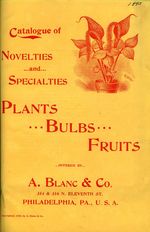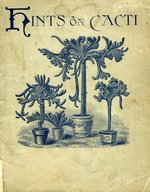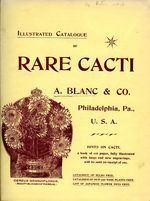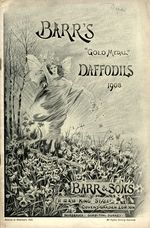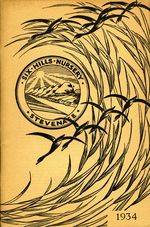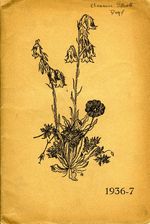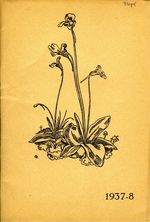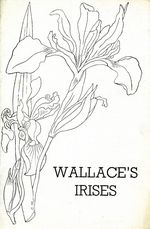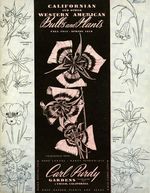By the 1880s, several catalogues in the collection from various companies clearly obtained their illustrations from the same sources, instead of hiring their own artists. One of the most popular suppliers of engravings in the 1880s and 1890s was Albert Blanc (1850-1928), who came to America from Belgium in the early 1870s1. In the early 1880s, Blanc issued catalogues of electrotypes for florists, seedsmen and nurserymen. He also offered catalogues of customized catalogue cover designs. In 1886, he published his first edition of Hints on Cacti, America’s first cactus catalogue, with his own illustrations. Blanc’s engraving and printing business was so successful, that his cactus nursery became the world’s largest in the 1890s. The OSU collection contains four of Blanc’s plant catalogues, including an undated edition of Hints on Cacti from 1891 or later. His 1895 Novelties and Specialties catalogue lists prices of his electro prints along with the prices of plants.
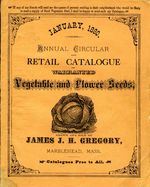
Annual Circular and Retail Catalogue of Warranted Vegetable and Flower Seeds. 1880. (Click for more images)
Even before the appearance of photography in catalogues, artists including Albert Blanc produced engravings from photographs, a process which the Burpee company eventually accomplished by machine. James Gregory’s catalogue features a tomato illustration with a caption that states it was engraved from a photograph taken at his farm.
Although articles point out that some companies grossly exaggerated the size of their vegetables in their illustrations, this is not the case in the majority of catalogues in the OSU collection. Most of the engravings in our catalogues do not give a false impression, although vegetable pictures tend to be close-ups emphasizing large size. Some illustrations helpfully show size comparisons of different varieties.
Black and white illustrations were less common in the 20th century when many catalogues switched to photographs. One exception is the 1908 Barr’s Nursery cover drawing by Stanley Berkeley entitled “The Coming of Spring”, on which a goddess descends to earth to scatter daffodils. The back cover shows “Daffodils Naturalized in a Woodland Glade”. Clarence Elliott’s Six Hills Nursery catalogue has several cover engravings by the artist John Nash, who was a prolific illustrator of botanical works as well as an enthusiastic gardener. Although Nash’s engravings appear on several covers, Elliott often reverted to an older cover for several of OSU’s catalogues from 1910 to the 1930s with a dramatic design of his Six Hills logo with birds and grasses. R.Wallace & Co.’s Iris catalogue of 1947 contains a line drawing by Cedric Morris, as well as a black and white photograph of the aritist’s garden. Carl Purdy’s 1948 Catalogue of Californian and other West American Bulbs and Plants cover has line drawings of California wildflowers.

